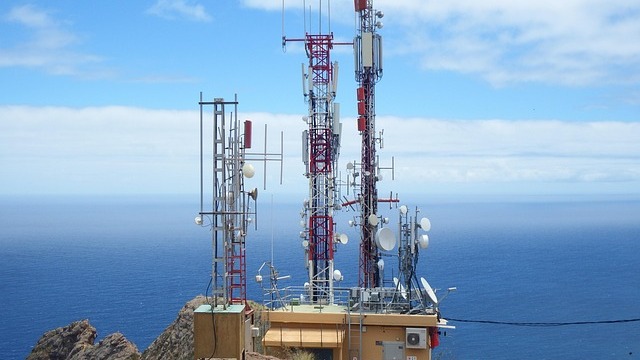
The Rise of 5G Internet: A Game Changer for Connectivity
Since its introduction, 5G home internet has reshaped the landscape of broadband connectivity. While traditionally fiber optics have been hailed as the gold standard for high-speed internet, recent insights suggest that 5G is not just competing — it’s taking the lead in customer satisfaction ratings. According to data from J.D. Power, consumers are increasingly favoring 5G over fiber and cable services, highlighting a significant shift in how we access the internet.
Unpacking Customer Satisfaction: Why Are Users Choosing 5G?
One of the most compelling reasons behind this trend is price. As Carl Lepper, a senior director at J.D. Power points out, the “halo effect” surrounding early adopters of 5G can’t be overlooked. Many customers initially switched to 5G because it offered them an affordable alternative. Previous internet solutions often came with high monthly bills and complicated contracts. For those in rural areas, 5G provided a necessary option where other alternatives were either too expensive or simply unavailable.
Moreover, a CNET survey found that an overwhelming 63% of U.S. adults reported paying, on average, $195 more for their internet service compared to last year. For many, 5G provides relief from this financial strain by delivering reliable service at lower costs. This economic pressure along with the promise of decent speed, especially in underserved areas, creates a robust foundation for 5G’s growth and adoption.
Comparing Performance: 5G vs Fiber
It's easy to understand why customers initially gravitated toward fiber. Fiber networks have the advantage of speed — it can provide higher maximum speeds and more reliability. However, many users report that the real-world performance of 5G meets or exceeds their expectations, especially when it comes to streaming content or casual gaming. The perception that 5G offers satisfactory performance at a fraction of the cost has led more households to embrace this technology.
The growing subscriber base of nearly 12 million users signifies that 5G is not just a fleeting trend. Instead, it is beginning to cement its place as a permanent fixture in the world of broadband, particularly in a society that values instant access and seamless connectivity more than ever. If these trends continue, it poses a challenging question for fiber internet providers: how will they respond to maintain their customer bases?
Future Predictions: What's Next for 5G?
Looking forward, several factors could influence the trajectory of 5G in the broadband market. The technology is still in its infancy and continues to evolve. Future improvements in 5G infrastructure could further enhance its speed and reliability, thereby increasing its appeal. Moreover, as competition among ISPs intensifies, consumers may see even more attractive pricing and package options. The time is ripe for ISPs to innovate, upgrade existing services, and ultimately enhance customer service to regain some of the market share they may be losing to 5G.
As urbanization grows and rural communities remain in need of better network solutions, 5G holds the potential to bridge that divide. It may well become the connectivity king for all types of households, setting the stage for a future where affordable high-speed internet is within everyone’s reach.
Concluding Thoughts: The Internet Landscape is Shifting
5G is proving that it can stand shoulder to shoulder with traditional internet solutions, making it a formidable option for consumers. Its increasing customer satisfaction ratings, coupled with rising subscriber numbers, highlight a major shift in how we connect and consume online content. As we look ahead, understanding this landscape will be crucial in navigating our digital future.
 Add Row
Add Row  Add
Add 

 Add Row
Add Row 


 Add Element
Add Element 

Write A Comment